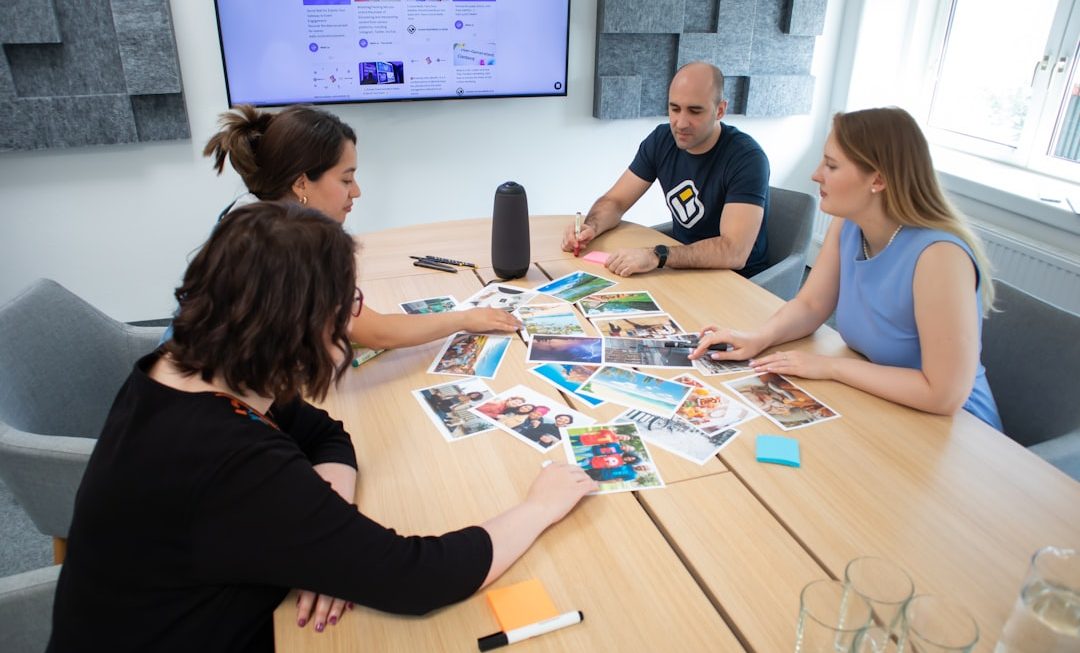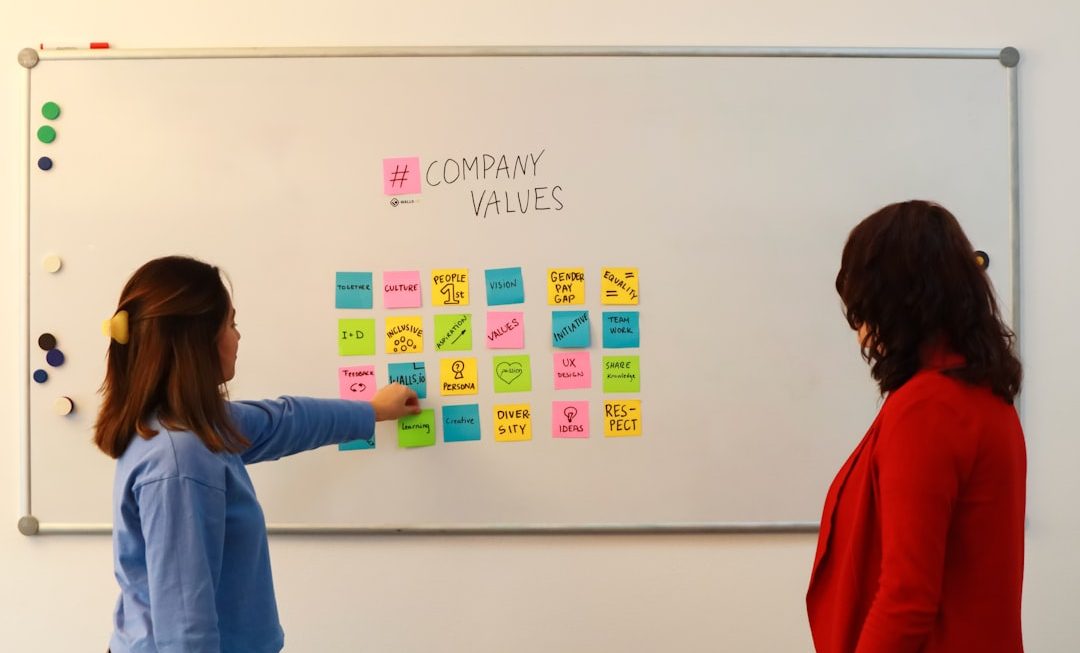In the fast-paced world of social media, content creation has become both an art and a time-consuming chore. Whether you’re an influencer, marketer, small business owner, or just someone trying to grow a personal brand, you’ve probably spent countless hours setting up shots, filming takes, and editing clips. What if you could completely skip the camera… and still churn out engaging, professional videos? That’s no longer a futuristic dream — it’s today’s reality, thanks to the rise of AI-generated video content.
TLDR: Say Goodbye to the Camera
AI tools are revolutionizing the way we create social media videos, eliminating the need to film real-life footage. With just text, an idea, or a blog post, you can now create fully generated videos complete with avatars, voiceovers, animations, and more. These tools save time, reduce costs, and let creators experiment like never before. If you’re still relying on a camera, you might already be behind the curve.
Why Is AI the New Video Camera?
Creating video content traditionally takes a significant investment of time and money. Between scripting, shooting, editing, and publishing, the process can drain resources — especially if you’re trying to maintain a daily or weekly schedule.
Enter AI-powered video creation tools. These tools allow anyone to produce high-quality, customized videos with minimal effort. By simply inputting text or prompts, you can generate short-form videos that mimic live-action content — avatars with natural expressions, voice clones, and smooth transitions. Some platforms even allow for multiple-language support, automatic subtitles, and background music generation.
What’s changing? It’s the shift from content creators to content directors. You no longer need to be behind the camera — you just need to guide the AI.
How AI Video Generators Work
Most AI video generators use a combination of natural language processing (NLP), machine learning, and computer vision to turn simple text input into engaging audiovisual content. Here’s a breakdown of the basic steps:
- Input: You provide a script, idea, or even a few bullet points.
- Avatar or Animation Selection: Choose a digital character or style for narration (some even use your own avatar).
- Voice Generation: AI selects or mimics a human voice to read your script. You can often choose tone, gender, and accent.
- Visual Generation: The tool auto-generates accompanying visuals, transitions, and motion effects.
- Final Rendering: A shareable video file is generated for you to upload to any social platform.
Some platforms go a step further, letting you link your Instagram or TikTok and schedule posts directly from their dashboard.
Benefits You Can’t Afford to Ignore
Think AI is just a shortcut? Think again. It offers several real-world advantages that go beyond convenience:
1. Save Time
Instead of spending hours filming and editing, AI can produce a ready-to-share video in under 10 minutes. That enables daily content posting without burnout.
2. Cost-Effective
Forget renting cameras or hiring editors. With AI video tools charging a flat monthly fee, even creators on a budget can thrive.
3. Brand Consistency
Many platforms allow for template creation, so your fonts, colors, and branding are applied automatically. No more worrying if your visuals “look right” this time.
4. Multilingual Support
Create content in multiple languages with realistic voiceovers. Perfect for businesses aiming for global audiences.
5. Scalable Content
Repurpose one blog post into five short videos across platforms like YouTube Shorts, Instagram Reels, and TikTok — all with a few clicks.
Top AI Platforms for Video Generation
If you’re ready to give this innovative approach a try, here are some of the most powerful tools currently available:
- Synthesia.io: Known for creating AI avatars that look and talk like real humans. Great for tutorials, explainers, and brand videos.
- Lumen5: Ideal for turning blog posts into engaging videos. It uses AI to match text with relevant stock footage and music.
- Pictory: Focuses on summarizing long text or webinars into short, visually rich videos for social media.
- DeepBrain: Offers ultra-realistic avatars and lets you clone your own voice, perfect for personalized content.
- InVideo: Provides over 5,000 templates and a solid AI-based editor for creating polished videos fast.
Use Cases That Prove the Power of AI Video
Not sure how all this can apply to your content strategy? Here are a few practical examples:
- Influencers: Generate videos with AI narration to announce product collaborations without needing a camera day.
- Ecommerce Brands: Create promo videos for each product, narrated and animated automatically.
- Coaches and Educators: Summarize lessons or blog posts into quick video tips to grab attention on Instagram or LinkedIn.
- Podcasters: Turn audio insights into visual quote videos supported by subtitles and AI animation.
- Real Estate Agents: Present listings with virtual walk-throughs and AI narration in different languages.

Overcoming the “Robot” Stigma
One common concern is that audiences will “feel” the artificial nature of these videos. While early AI videos were stiff and mechanical, today’s platforms produce content so natural that many viewers can’t tell the difference — especially when watching short clips optimized for social media where attention spans are limited.
The best part? AI adapts. You can tweak emotion, pacing, or visual cues until it matches your brand tone perfectly. It’s not about replacing human creativity — it’s about enhancing it.
Tips for Creating Impactful AI Videos
Want to get started but not sure how to make the most of these tools? Keep these best practices in mind:
- Start Short: Platforms like TikTok and Instagram favor videos under 60 seconds. Keep your message tight.
- Add Captions: Around 85% of videos on social media are watched without sound. Choose tools that auto-caption.
- Use Hooks: Begin videos with an attention-grabbing question or statement to hook viewers instantly.
- Maintain Consistency: Use similar avatars, tones, and colors for recognition across platforms.
- Track Engagement: Analyze which AI videos perform best and replicate that style or topic.
What’s Next? AI and the Future of Creativity
We’re entering a world where video production is democratized. You don’t need a big crew or a studio — just a concept and a good AI tool. As AI models continue to learn nuances in voice, emotion, and culture, the content will only get richer and more tailored.
In the future, brands might not differentiate by how they make videos, but by what they choose to create. The ease of use means more creators entering the arena — and that raises the quality bar for everyone.
Final Thoughts
Stop filming. Really, stop setting up tripods and ring lights every time you want to post. AI offers a faster, smarter, and often more effective way to create content that resonates. While video will always reflect human creativity, how we make those videos is transforming rapidly — and those who embrace this new wave will spend less time producing and more time engaging.
So next time you’re about to hit “record,” maybe just open an AI video platform instead. Your social feed — and your sanity — might thank you.



